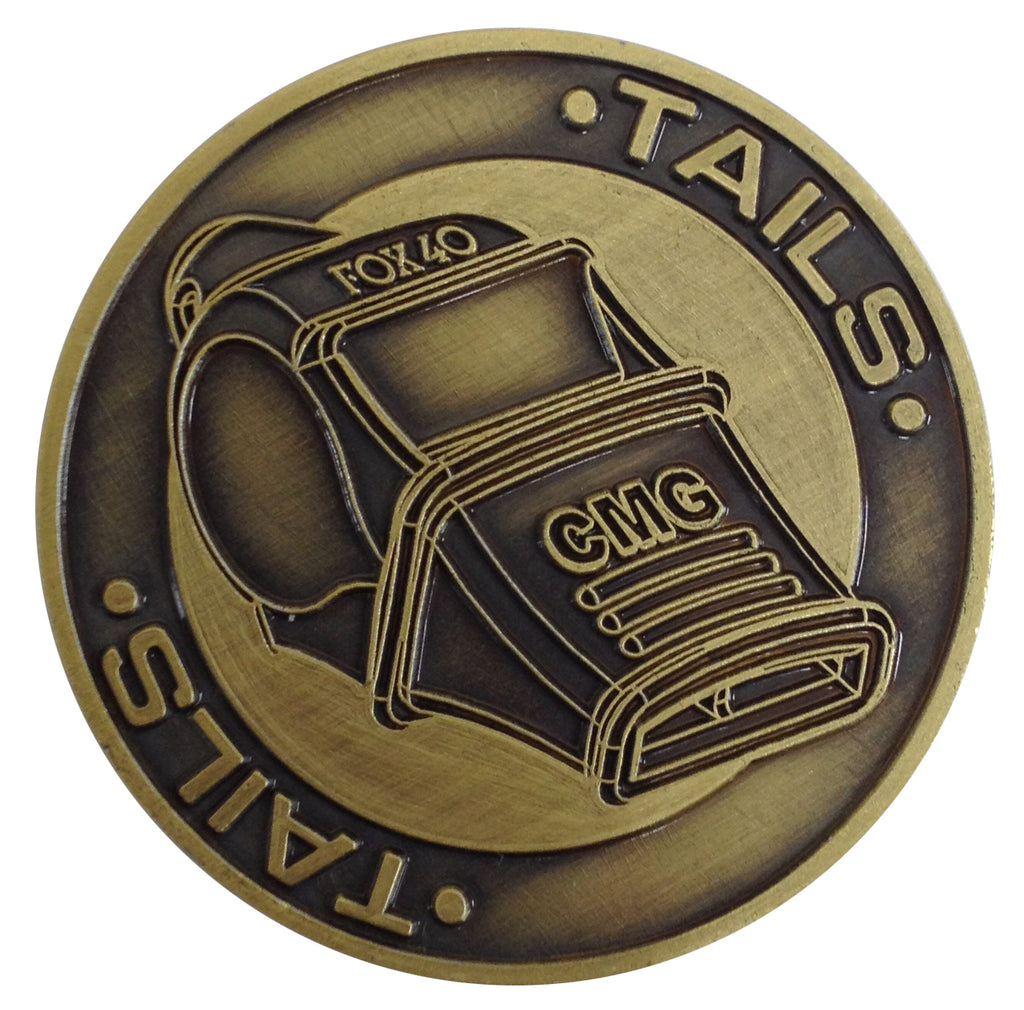

The best way to solve the dilemma, you'll find, Whenever you're called on to make up your mind, In his book titled Grooks, the Danish poet Piet Hein included a poem entitled “A Psychological Tip” which relates to the Freudian Coin Toss. By analyzing your reaction, you may realize that you actually knew the choice that you wanted to make all along! Ask yourself: Am I pleased? Am I disappointed?” This method of flipping is sometimes called the Freudian Coin Toss. Allegedly, Freud would then say “Look into your own reactions.

When faced with someone who was struggling to make a decision, Freud would sometimes suggest that they flip a coin. In fact, it is said that Sigmund Freud himself realized this phenomenon and used it to his advantage. In this scenario, instead of letting the coin decide, you may want to go with the choice that you now realize you really wanted. Sometimes, however, you may find that you’re disappointed with the result. Flipping a coin can be very useful in these situations. People are often faced with difficult decisions between two choices. Sometimes even scientists will flip a coin to determine the order of listed authors for use in academic publications. In politics, a flip is sometimes used to determine an election in the event that two candidates receive the same number of votes. Many sports, such as football (both American and non-American versions), eSports, cricket, tennis, and fencing, flip a coin to determine which team goes first in a match, or to determine a winner in the event of a draw. Today, the practice of coin flipping can be found all over the world. Players would then flip the shell in the air and call the correct side, just like we do now! The other side of the shell would remain its original color.

It is believed that players would cover one side of a shell with a black or very dark brown substance called “black pitch” - a resinous goo which is obtained from trees. While the actual origin of the coin toss is up for debate, many historians believe it originated in Ancient Greece. “Pile” comes from a Middle English term which means “reverse of a coin.” In Peru, the game is called “face or seal,” even to this day! In ancient China, the game was known as “ship or head.” This is because ancient Chinese coins were minted with a ship on one side and a head on the other. Later in history, the British called the game “cross and pile.” At the time, many coins depicted a cross on one side. The outcomes of those flips were considered to be legally binding. During this time, flips were utilized to make some very serious decisions, including those related to criminality, property, and marriage. Julius Caesar himself endorsed the coin flip in 49 BC when he began minting coins which depicted his name. During this period, Romans called the game “navia aut caput,” which translates to “ship or head.” This is because some Roman coins had a ship on one side and the head (or “bust”) of the emperor on the other side. Metal coins were first manufactured as early as the 7th century BC, however, the first accounts of the practice of coin flipping can be found in ancient Rome.


 0 kommentar(er)
0 kommentar(er)
